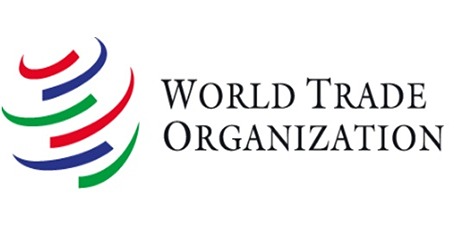On 15 October 2020 the WTO issued a publication entitled Short Answers to Big Questions on the WTO and the Environment answering questions on issues relating to trade and the environment.
Links Between Trade and the Environment
Although trade is essential for development and economic growth, these could also lead to environmental damage. However trade also promotes technological advances and greater efficiency, enabling the development of more environmentally technology and sustainable development.
Freight transport leads to carbon emissions, however the extent of the emissions varies with the mode of transportation. Around 87% of global merchandise is transported by sea which is less carbon intensive than alternative modes of transport such as air transport. However, carbon emissions from all forms of freight transport amount to around 7% of total emissions and they are estimated to increase by up to 160% by 2050 is no action is taken to reduce the emissions. A combination of renewable energy, innovative technology and less polluting fuels could reduce the environmental impact of all modes of freight transportation and efforts are ongoing in international institutions such as the International Civil Aviation Organisation and the International Maritime Organisation.
WTO Rules and Environmental Protection
The opening paragraph of the Marrakesh Agreement establishing the WTO includes sustainable development and environmental protection as central objectives of the international trading system. WTO members can adopt environmental policies such as environmental requirements and taxes, even if they significantly restrict trade, provided that they do not include unjustifiable or arbitrary discrimination and do not amount to disguised protectionism. Since 2009, the WTO has been notified of more than 5,000 support measures for a range of environmental aims.
If an environmental measure restricts trade it must fulfil strict conditions imposed under the WTO rules. The measure should be coherent and justified by a legitimate environmental objective and not for protection of domestic sectors; it should be fit for purpose and effectively contribute to its objective; it should be part of a holistic, comprehensive environmental policy; and it should be flexible, taking into account alternative measures for achieving the same result.
Most environmental measures that affect trade do not lead to trade disputes at the WTO. Even where trade disputes have resulted from notified measures, the validity of the environmental aims of the measures have not been questioned by the decisions rendered, which have been concerned with incoherent elements within the measures.
Developing countries are increasingly notifying trade-related environmental measures at the WTO and have been responsible for around half the environmental measures notified at the WTO in recent years.
Role of WTO in Sustainability Objectives of Member Countries
Rules-based trade provides certainty and predictability for global commerce. The WTO acts as a forum for members to debate trade and environment issues and this promotes progress towards the UN’s Sustainable Development Goals. Discussions in WTO committees allow governments to look at sustainability issues arising from the international trading system.
















